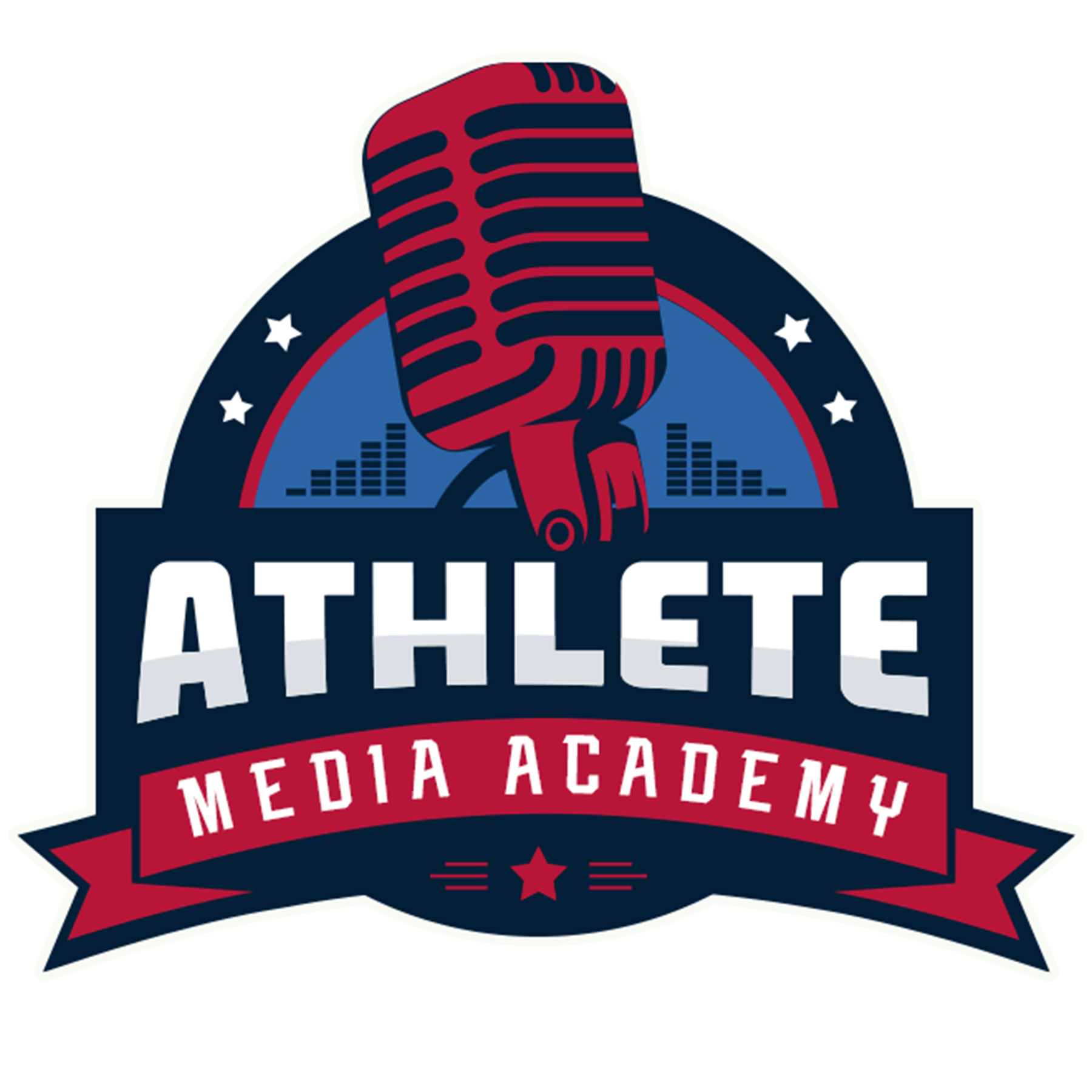Section 3, Lesson 1 – Why Content Strategy Matters
Lesson Overview
A well-defined content strategy is the foundation of a strong social media presence. It ensures that every post aligns with an athlete’s brand, engages the audience, and serves a clear purpose. Without a strategy, social media efforts can feel scattered, inconsistent, and ineffective. This lesson explores why content strategy is essential and how athletes can leverage it to build influence, attract partnerships, and enhance their careers.
Learning Objectives
By the end of this lesson, athletes will be able to:
✅ Understand the role of content strategy in personal branding.
✅ Identify the key components of an effective content strategy.
✅ Develop a framework for structuring their social media content.
✅ Avoid common pitfalls that weaken engagement and brand consistency.
Section 1: The Importance of a Content Strategy
A content strategy provides direction and consistency for social media efforts.
✔️ Strengthening Brand Identity: A clear content plan ensures posts reflect an athlete’s values, personality, and goals.
✔️ Maximizing Audience Engagement: Posting strategic content keeps followers interested, engaged, and invested.
✔️ Attracting Sponsorships & Partnerships: Brands seek athletes with professional and consistent online presences.
✔️ Saving Time & Reducing Stress: A pre-planned content approach minimizes last-minute decision-making and inconsistencies.
Section 2: Key Components of an Effective Content Strategy
To create a successful strategy, athletes should incorporate the following elements:
✔️ Content Pillars: Establish 3-5 core themes (e.g., training, motivation, personal life, sponsorships, community engagement).
✔️ Audience Understanding: Tailoring content to what followers want to see, learn, or interact with.
✔️ Platform-Specific Adaptation: Adjusting content to fit different platforms (e.g., Instagram for visuals, Twitter for quick updates).
✔️ Call to Action (CTA): Encouraging engagement through questions, comments, or shares.
✔️ Performance Tracking: Regularly analyzing metrics to refine strategy and improve effectiveness.
🔹 Activity: Define your three main content pillars and outline how you align with your personal brand.
Section 3: Structuring Content for Impact
A structured approach to content improves clarity and effectiveness.
✔️ Storytelling Approach: Crafting posts that take followers on a journey (e.g., before, during, and after events).
✔️ Balancing Content Types: Mixing personal updates, training insights, sponsorships, and engagement-driven posts.
✔️ Using Visual Consistency: Maintaining a recognizable aesthetic through colors, fonts, and themes.
✔️ Incorporating Value-Driven Posts: Sharing knowledge, experiences, and motivation that resonate with the audience.
🔹 Exercise: Draft an example post based on your content pillars, ensuring it includes a CTA.
Final Takeaways & Next Steps
✔️ Final Activity: Outline a basic content strategy with key themes and posting guidelines.
✔️ Key Takeaway: A clear content strategy makes social media efforts more impactful, consistent, and valuable.
✅ Next Steps:
- Review personal social media accounts and assess content consistency.
- Start implementing structured content based on defined pillars and engagement strategies.

